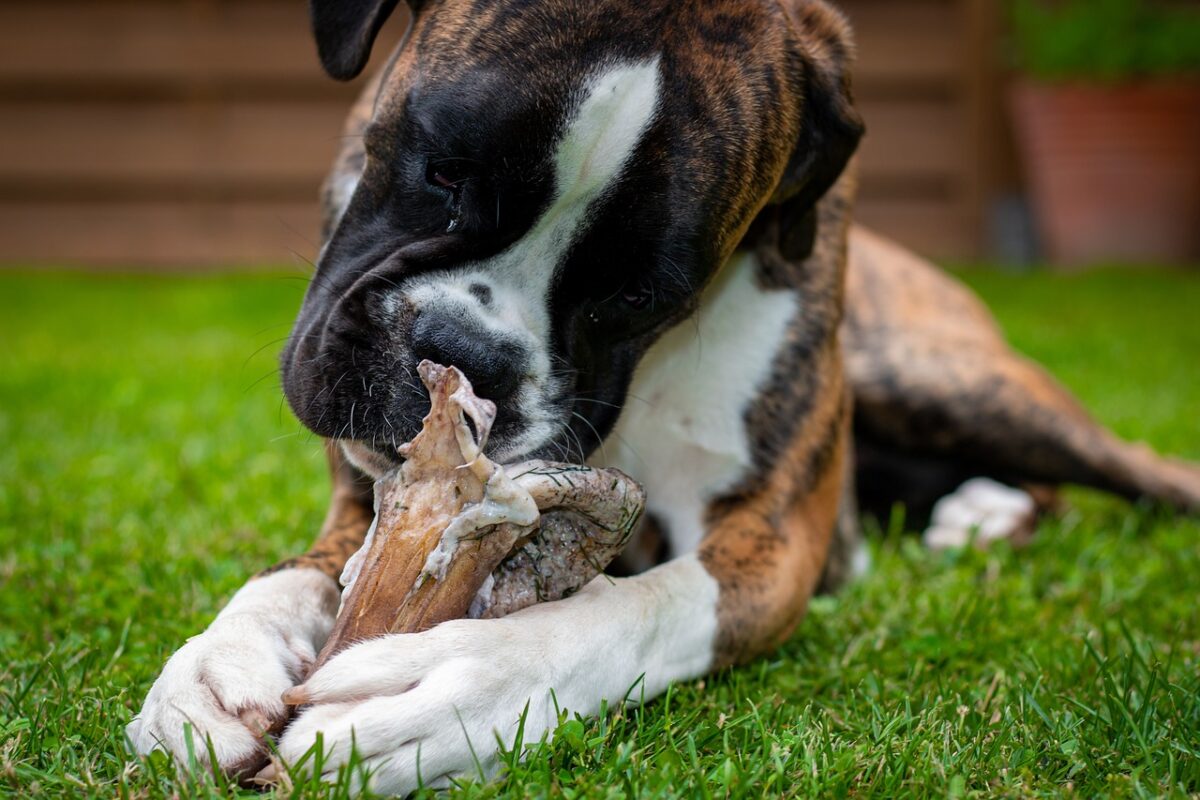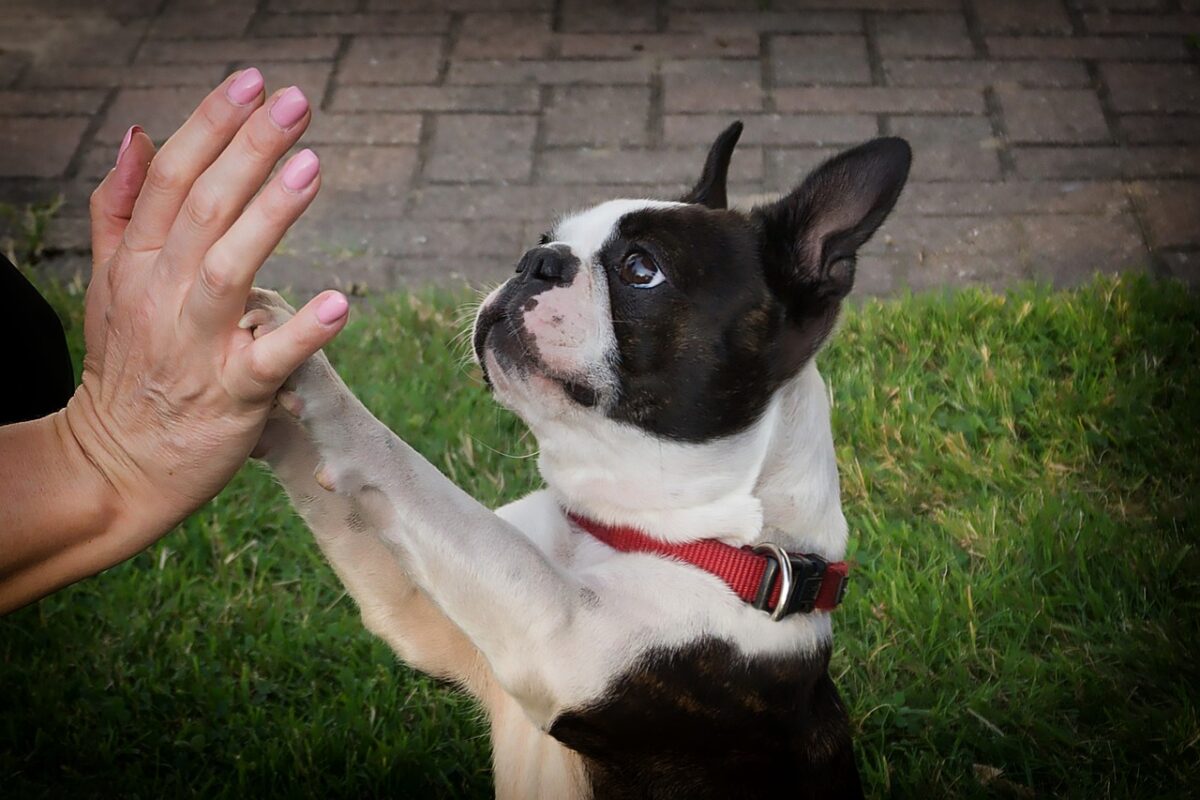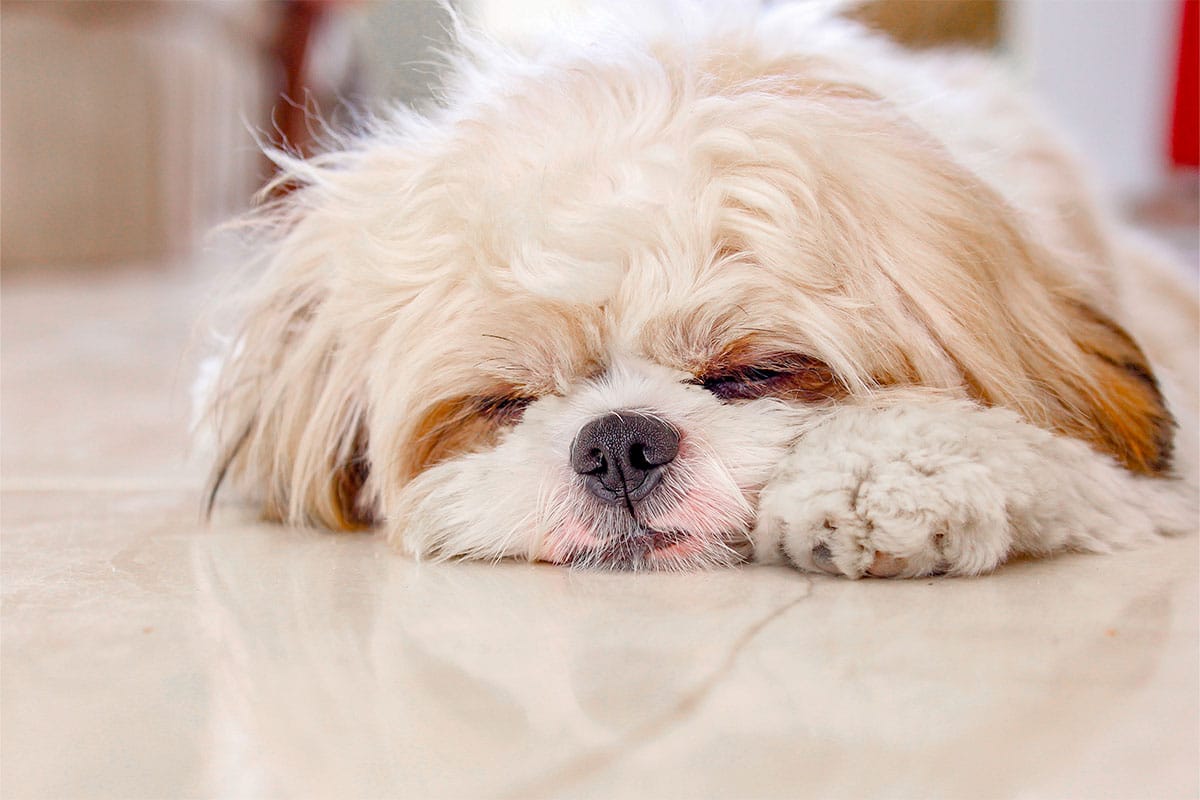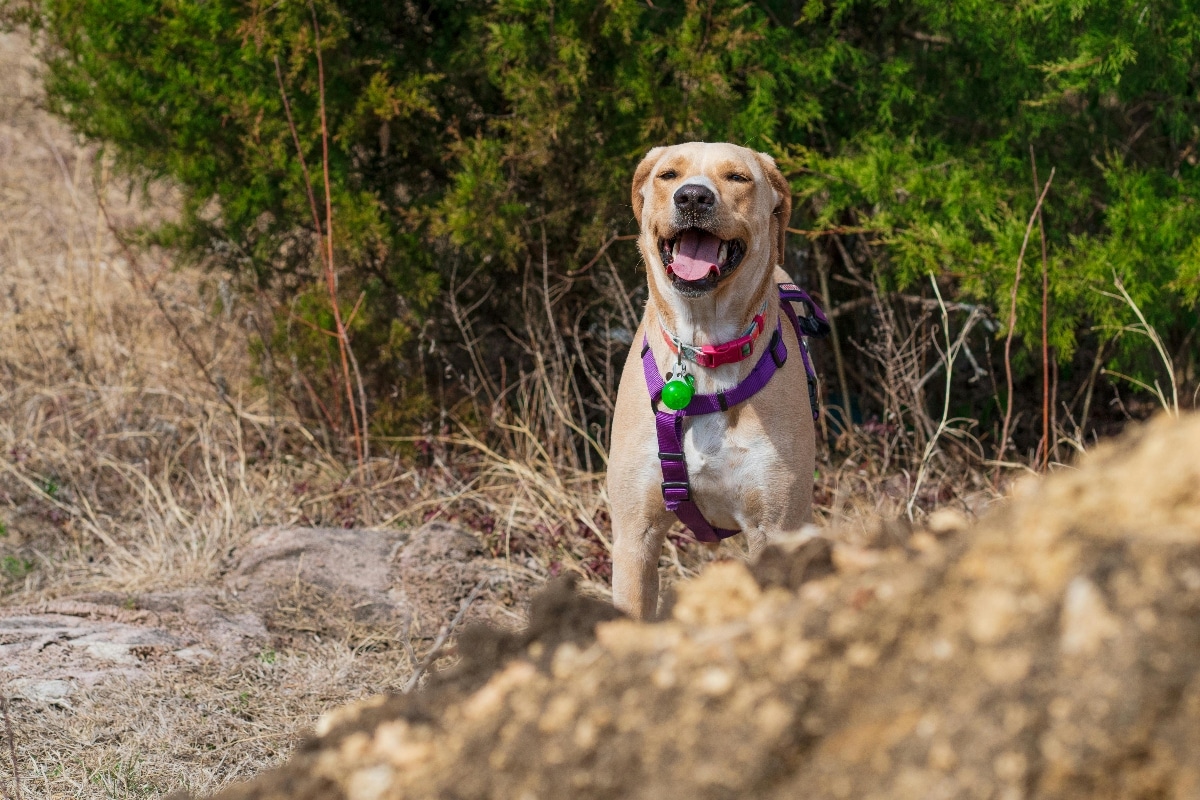PROTECT YOUR DNA WITH QUANTUM TECHNOLOGY
Orgo-Life the new way to the future Advertising by AdpathwayRecent veterinary studies reveal that excessive paw licking affects nearly 40% of domestic dogs during colder months. This seemingly harmless grooming behavior actually signals underlying health issues that many pet owners completely overlook. Understanding these warning signs could prevent serious complications and unnecessary suffering for our four-legged companions.
Pet owners often dismiss their dog’s paw licking as normal grooming or boredom-related behavior. This misconception leads countless families to miss critical health signals that their beloved companions desperately try to communicate. Professional veterinarians and animal behavior specialists now recognize paw licking as one of the most underestimated warning signs in canine health monitoring.
Seasonal triggers behind compulsive paw licking
Winter and autumn months bring specific environmental challenges that directly impact canine paw health. Cold weather conditions create a perfect storm of irritating factors that drive dogs to lick their paws excessively. Wet sidewalks, road salt, antifreeze residue, and harsh outdoor chemicals accumulate on paw pads during daily walks.
The constant transition between freezing outdoor temperatures and warm indoor heating systems causes significant stress to sensitive paw tissue. Moisture retention between toe pads creates ideal conditions for bacterial growth and fungal infections. Harry Chapman, a leading pet care specialist, explains that statistical data shows dramatic increases in paw-related issues during these seasons.
Indoor environments also contribute to the problem through exposure to household cleaning products, carpet chemicals, and floor treatments. Dogs walking across freshly cleaned surfaces absorb these substances through their paw pads, triggering inflammatory responses that manifest as persistent licking behaviors.
Medical conditions hidden behind innocent grooming
Allergic reactions represent the most common underlying cause of excessive paw licking in domestic dogs. Food sensitivities, environmental allergens, and contact irritants can all trigger localized inflammation that creates intense itching sensations. Pet owners frequently mistake these allergic responses for simple grooming habits.
Bacterial and fungal infections develop rapidly in moist paw environments, particularly between digital pads where air circulation remains limited. These infections cause significant discomfort that drives compulsive licking cycles, creating self-perpetuating wound patterns that worsen without proper intervention.
Parasitic infestations also manifest through increased paw attention. Mites, fleas, and other microscopic organisms target the warm, protected areas between toes. Dogs instinctively attempt to relieve irritation through licking, but this behavior often spreads parasites to other body areas.
Preventive measures for paw protection
Establishing consistent paw care routines significantly reduces the likelihood of developing serious complications. Post-walk cleaning should become standard practice for responsible pet owners, especially during harsh weather seasons.
Essential preventive steps include :
- Thorough paw washing with lukewarm water after outdoor activities
- Complete drying of all paw surfaces, including spaces between digits
- Regular trimming of excess hair around paw pads
- Application of protective balms before winter walks
- Weekly inspection for cuts, swelling, or unusual odors
Professional grooming services provide additional protection through specialized treatments and expert paw pad maintenance. Quality protective balms create moisture barriers that prevent chemical absorption while maintaining healthy tissue flexibility.
When professional intervention becomes necessary
Recognizing the difference between normal grooming and problematic licking requires careful observation of frequency, duration, and associated symptoms. Veterinary consultation becomes essential when licking episodes persist beyond occasional grooming sessions.
Warning signs that demand immediate professional attention include visible wounds, persistent odors, swelling, limping, or behavioral changes during handling. Early intervention prevents minor irritations from developing into serious infections requiring extensive treatment protocols.
Responsible pet ownership includes monitoring these subtle communication signals that dogs use to express discomfort. Proactive health management ensures that our canine companions receive appropriate care before minor issues become major health crises requiring emergency intervention.


 1 day ago
24
1 day ago
24





















 English (US) ·
English (US) ·  French (CA) ·
French (CA) ·